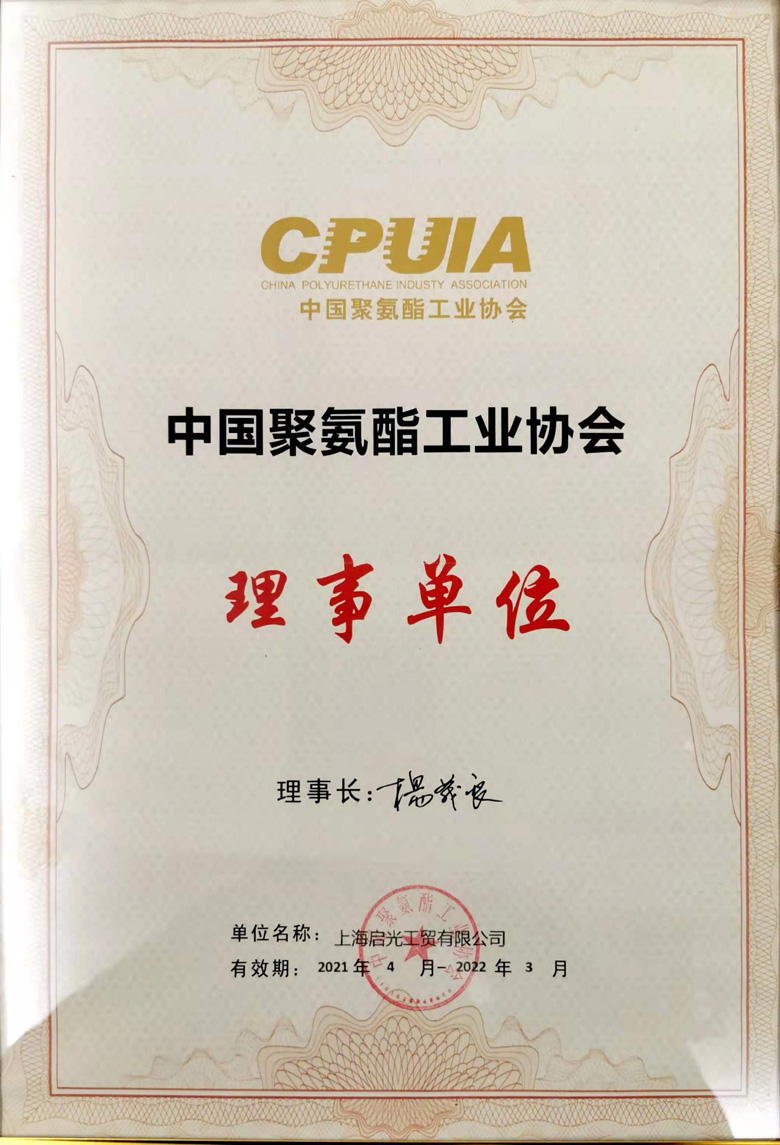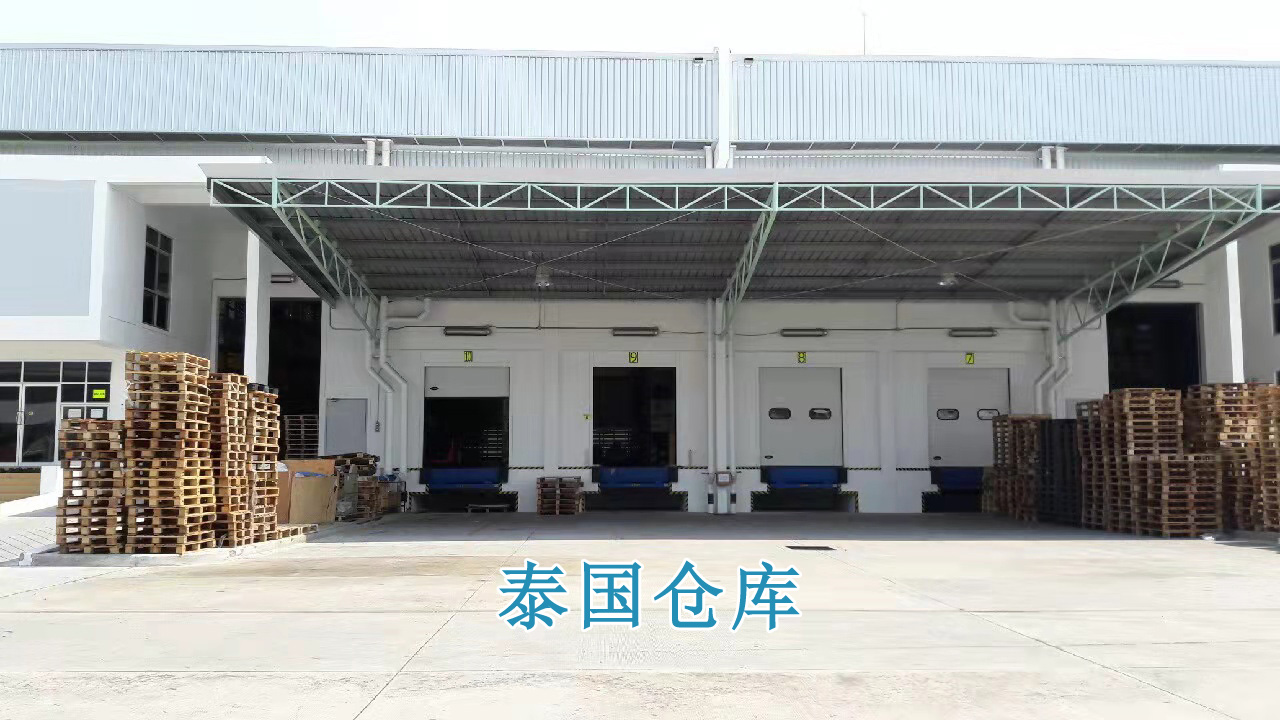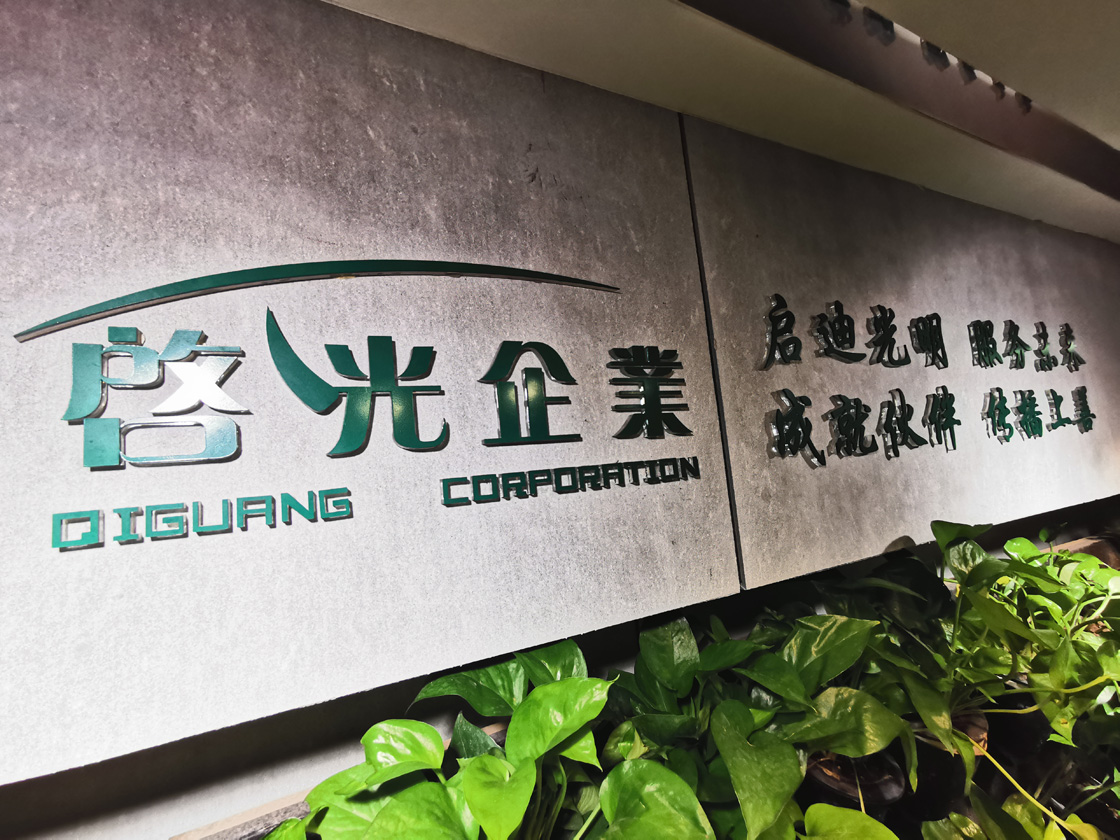1. Basic reaction
The formation of polyurethane soft foam includes 2 basic reactions: foaming reaction and polymerization reaction (also called gel reaction).

Foaming reaction: the reaction of isocyanate and water to produce double-substituted urea and carbon dioxide. The reaction formula is as follows.
2R-N=C=O+HOH→R-NH-CO-NH-R+CO2↑
The carbon dioxide released becomes the nucleus of the bubble, which expands the reaction mixture to obtain a foam with an open-hole structure.
Polymerization reaction: The hydroxyl group in polyether reacts with isocyanate in a stepwise polymerization reaction to form carbamate. The reaction formula is as follows.
R=N=C=O+R′-OH→R-NH-COO-R′
2. Polyol
Domestic block bubble production using 3 functional degrees, molecular weight 3000 (hydroxyl value 56) or 3500 (hydroxyl value 48, with less) of soft bubble polyether.

3. polyisocyanate
The main use of toluene diisocyanate (TDI), TDI industrial products are mainly three kinds: pure 2,4TDI (or TDI100), TDI80/20, TDI65/35. TDI80/20 production costs are the lowest, is the most widely used in industrial use of the largest variety.
TDI molecular weight of 174, which contains two isocyanate group (-N = C = O) molecular weight of 84, so the isocyanate content of TDI is 48.28%.
The amount of TDI has a great influence on the foam performance. In the foam formulation, the degree of TDI excess is expressed by the isocyanate index, which is the ratio between the actual amount and the theoretical calculated amount. In the production of soft foam, the general index is 105-115 (100 is equal to the theoretical calculated amount) (or write 1.05-1.15, 1 is the theoretical calculated amount), in this range, the TDI index increases, the foam hardness increases, the tear strength becomes smaller, the tensile strength becomes smaller, the elongation at break becomes smaller. If the TDI index is too high, large holes and closed holes will be formed, and the maturation time is too long, which will also cause foam heartburn; if the TDI index is too low, cracks will be easily produced, poor resilience, poor strength and large permanent deformation in compression.

4. Blowing agent
The reaction between water and TDI to produce carbon dioxide is the main blowing agent used in soft foam, increasing the amount of water in the formula will increase the content of urea, increase the hardness of foam, reduce the density of foam and reduce the load capacity of foam. But TDI reacts with water to produce large amount of heat, and the amount of water is too high, which will make the foam appear to be heartburn or burning.
Dichloromethane is physical foaming agent, its boiling point is 39.8℃, it is non-combustible gas, it can be vaporized in the foam, reduce foam density and hardness also decreases. The amount of dichloromethane added, that is, to prevent the phenomenon of foam heartburn, but also to ensure that too much dichloromethane and take away too much heat to affect the foam maturation, and at the same time to ensure that there is no significant decline in the physical properties of the foam, so there is a limit to the amount of dichloromethane.
5. Catalyst
The main role of catalyst is to regulate the speed of foaming reaction and gel reaction, so that it is in a good balance.
Triethylene diamine (A33, 33% of the content of dipropylene glycol or propylene glycol solution) is the most important tertiary amine catalyst in the production of soft foam, it has 60% of the efficacy for promoting the reaction between isocyanate and water, that is, the foaming reaction, 40% for promoting the reaction between hydroxyl and isocyanate, that is, the gel reaction.
Bis(2,2-dimethylaminoethyl) ether (A-1) is a general-purpose tertiary amine catalyst for soft foam. 80% of its efficacy is used to promote the foaming reaction and 20% to promote the gelation reaction. It is mostly used in combination with triethylenediamine.
Improper dosage of amine catalyst has a great impact on the products, too much amine will cause.
(1) short reaction time, the starting viscosity increases too fast, foaming is smoking big.
(2) foam cracking. Too little amine dosage will cause the starting speed to be too slow and affect the foaming height.
Stannous octanoate is the most commonly used organotin catalyst, it is extremely easy to hydrolyze and oxidize in the polyether mixture containing water and tertiary amine catalyst.
The lower the density of the foam, the narrower the adjustable range of stannous octanoate, the tin dosage affects the foam as follows.
Too little: foam cracking.
Too much: the viscosity increases quickly, the foam forms closed pores and shrinks, forming bottom skin and side skin.
6. Foam stabilizer (also called silicone oil)
Foam stabilizer can reduce the surface tension of the foam system mixture, so as to stabilize the bubble hole, prevent the foam from collapsing, and control the size and uniformity of the throwing hollow.
The amount of silicone oil from the minimum amount to the appropriate degree, you can get a good open-hole foam. When the amount is high the foam closed pore rate increases.
7. Other influencing factors
In addition to the formulation, process parameters, environment, etc. have some influence on the foam performance.
Raw material temperature: under the more normal ambient temperature (20-28℃), the raw material temperature is controlled at 25±3℃, preferably within ±1℃. There are also controlled in the range of 28-30℃.
Feedstock temperature rise or decrease on the speed of foaming and gelation reaction has different effects. Temperature increase, the polymerization reaction increase value than the foaming reaction increase value is much larger. Temperature change catalyst to be adjusted.
For the same formulation, using the same amount of foaming agent, the foam density is also related to the altitude, which is significantly lower when in high altitude areas.

